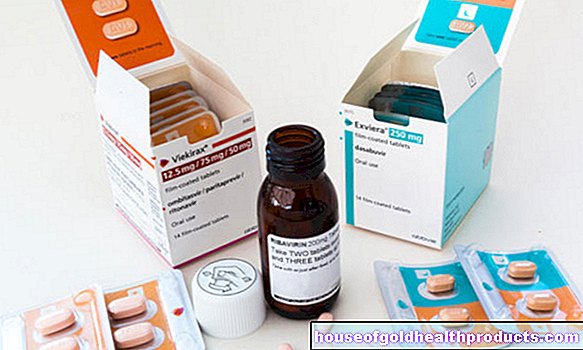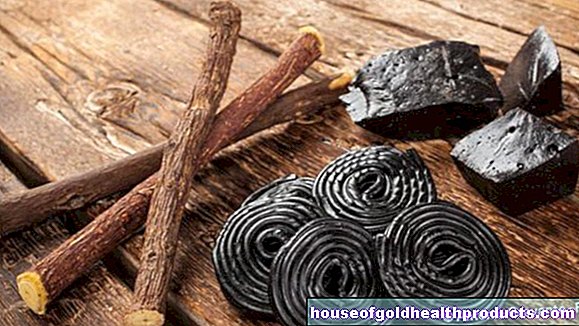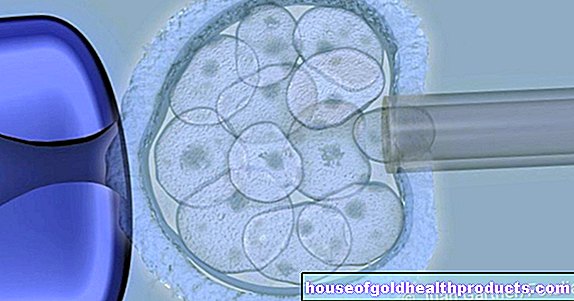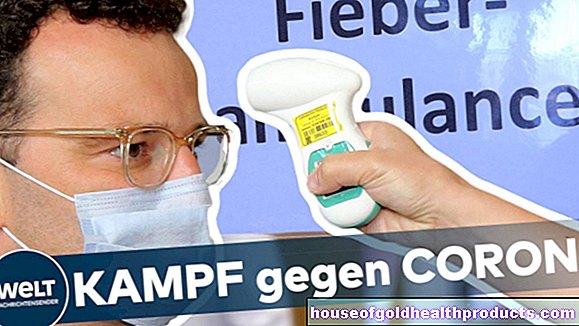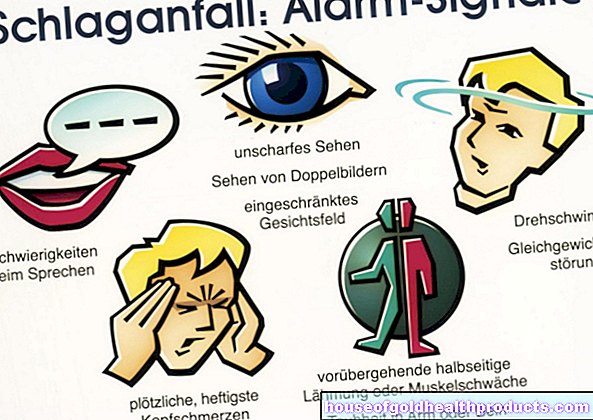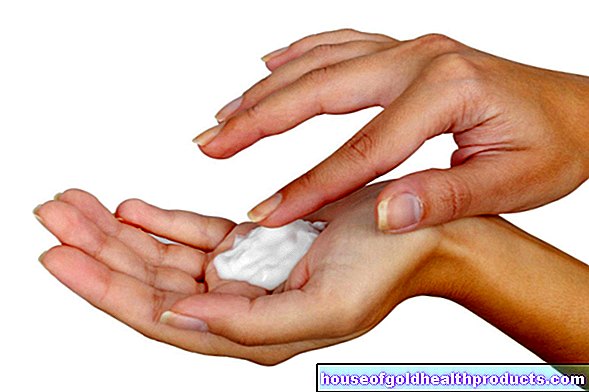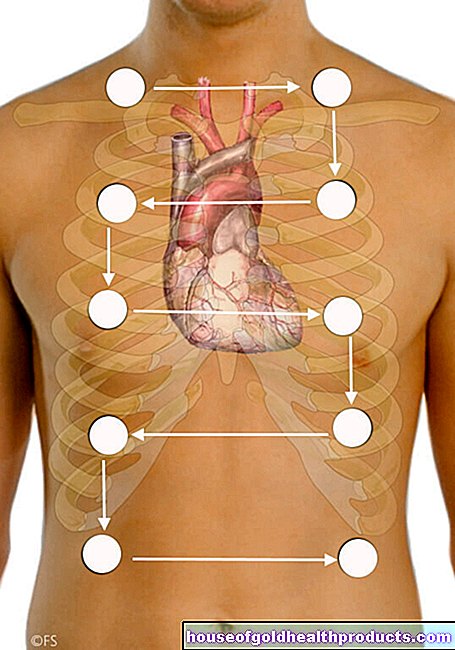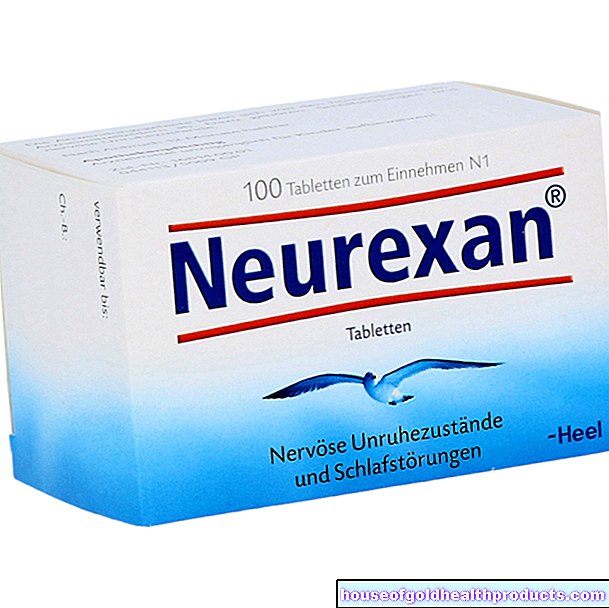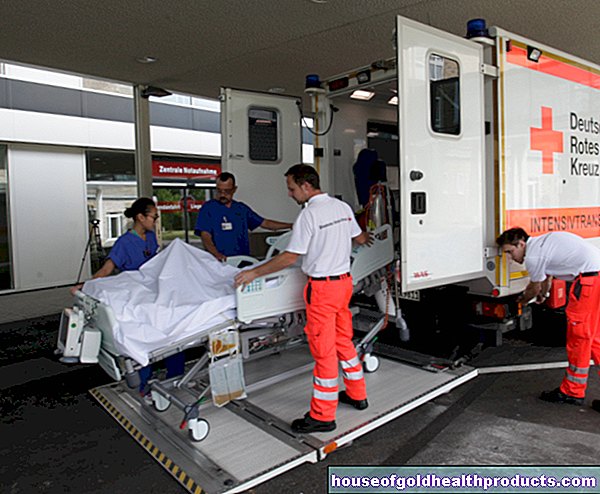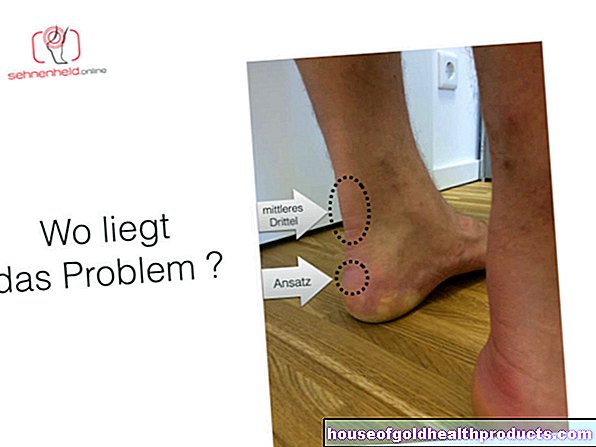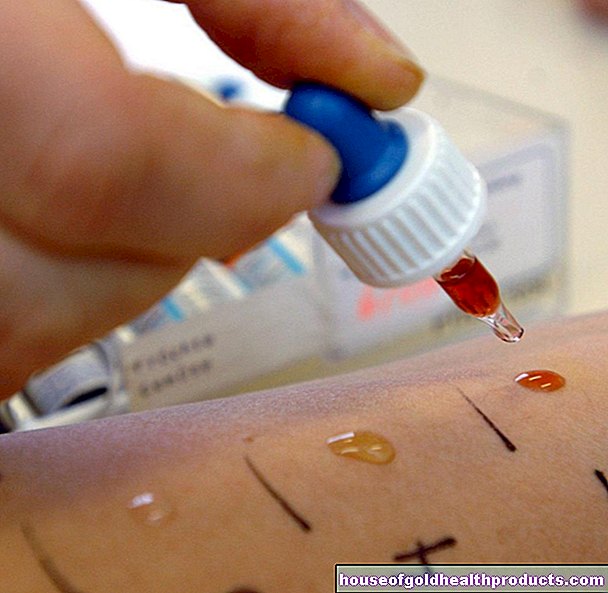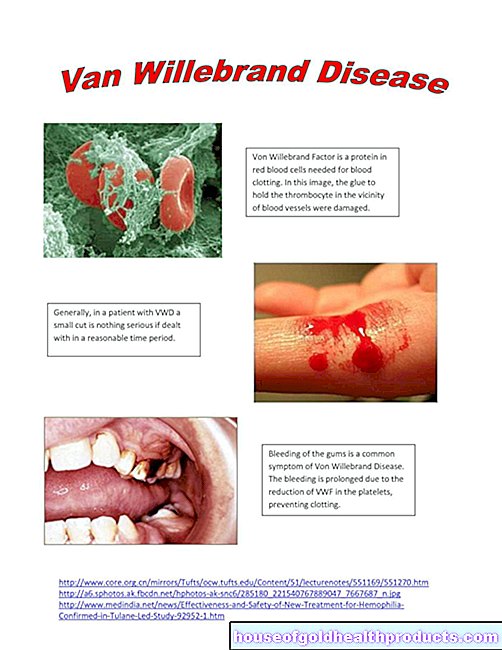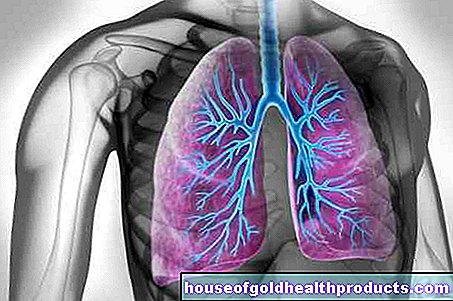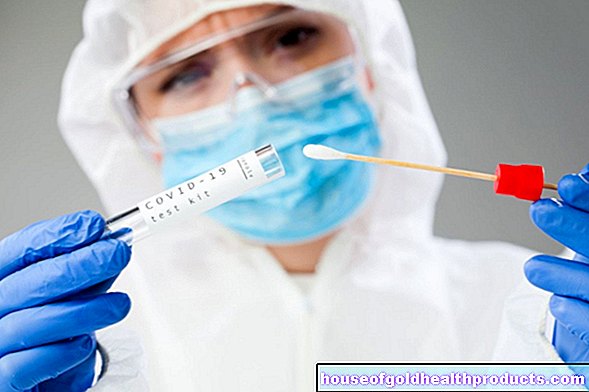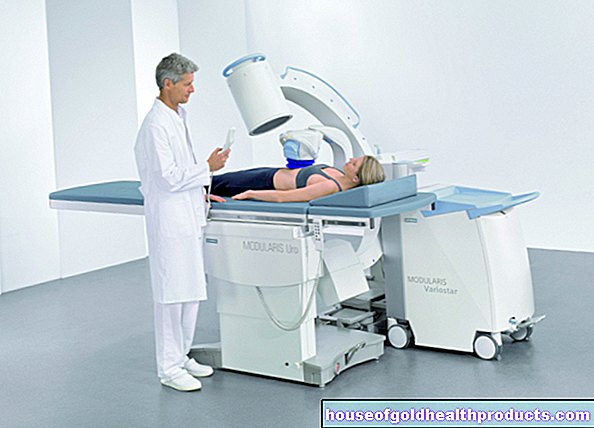Cutaneous larva migrans and hookworm disease
Mareike Müller is a freelance writer in the medical department and assistant doctor for neurosurgery in Düsseldorf. She studied human medicine in Magdeburg and gained a lot of practical medical experience during her stays abroad on four different continents.
More about the experts All content is checked by medical journalists.In larva migrans cutanea (also known as "creeping eruption") and hookworm disease, larvae of various parasites (mostly worms) attack the body. In skin moles, they stay in the skin, where they slowly dig through the tissue. The corridors show up in a characteristic line pattern on the skin. In hookworm disease, the pathogens migrate to the lungs and intestines. Here you can read everything you need to know about cutaneous larva migrans and hookworm disease.
ICD codes for this disease: ICD codes are internationally recognized codes for medical diagnoses. They can be found, for example, in doctor's letters or on certificates of incapacity for work. B76

Cutaneous larva migrans and hookworm disease: description
Both larva migrans cutanea and hookworm disease are caused by insect larvae (mostly larvae of different types of worms). The parasites enter the host's body through the skin. Only there do they become sexually mature and reproduce.
The parasites are mainly found in the tropics and subtropics. The number of infected people worldwide is estimated at around one billion people. Travelers in these regions also get infected comparatively often when they come into contact with contaminated faeces on the beach, for example.
Hookworm disease
Hookworm disease is caused by the worm species Ancylostoma duodenale and Necator americanus. The former occurs in Africa and Asia, the latter on the American continent. These hookworm species are adapted to humans and use them as so-called final hosts, in which the larvae mature into adult worms.
The worm larvae penetrate the skin, but from there quickly migrate to the lungs with the lymph or blood flow. From there they go through the larynx into the throat, are swallowed and finally reach the intestines. There they grow into sexually mature worms within five weeks. They suck about 0.2 ml of blood from the wall of the small intestine every day. If the infestation is severe, they cause anemia.
The female worms lay up to 20,000 eggs a day, which are excreted in human stool. At temperatures of at least 20 degrees Celsius, larvae mature in the soil after one or two days and can survive in a warm, humid environment for up to a month and infect other people.
Larva migrans cutanea (skin mole)
"Larva migrans" means "wandering larva" in German. Thus, the name of the disease already indicates the most characteristic symptom. The disease manifests itself in clearly recognizable, tortuous, reddened lines on the skin. These occur when the parasites drill ducts in the skin in which they can move.
Skin mole is usually caused by dog or cat hookworms such as Ancylostoma brasiliense or A. canium. Other parasites such as the larvae of the horsefly, the African tumbu flies or the dwarf threadworm are less common invaders. For these parasites, however, humans are a false host: This means that the pathogens are not adapted to the conditions in the human body. The larvae therefore only stay in the skin and do not migrate to the lungs or intestines. They also cannot develop into sexually mature animals and die after a few weeks to months.
Cutaneous larva migrans and hookworm disease: symptoms
Cutaneous larva migrans and hookworm disease often manifest themselves a few hours after the larvae have penetrated in the form of reddened skin and itching.
Hookworm Disease Symptoms
The hookworm larvae then migrate from the skin to the lungs and larynx. The patients therefore often complain of coughing and nausea, hoarseness or shortness of breath. When swallowed, the worms enter the intestines, where they suck blood from the intestinal wall. With massive infestation, infected people develop anemia (iron deficiency anemia), which is accompanied by the following symptoms:
- Loss of performance, weakness, difficulty concentrating
- headache
- paleness
- Hair loss, brittle nails
In addition, the hookworms cause the following symptoms in the gastrointestinal tract about one to four weeks after infection:
- stomach pain
- Nausea and vomiting
- Flatulence
- Bloody slimy diarrhea
- Loss of appetite
The disease can lead to a severe loss of protein. This increases the susceptibility to infection and water retention (edema) can occur.
Skin mole symptoms
The larvae of the parasites cannot penetrate deeper into the human body. Therefore the complaints are limited to the skin. This shows a diverse picture of vesicles, elevations and (papules). Later, the larvae begin to migrate in the skin and form ducts. From the outside, these become visible in the form of reddened, winding lines. The larvae usually sit one to two centimeters in front of a visible passage and cannot be seen with the naked eye. They hike up to three centimeters a day and cause severe, often unbearable itching.
Cutaneous larva migrans and hookworm disease: causes and risk factors
The hookworm disease is caused by worm larvae, those of the Larva migrans cutanea worm or fly larvae. The parasites first penetrate the skin, often on the feet or buttocks. Especially when walking barefoot, lying on the beach or while working in rice fields, people become infected with the larvae.
Direct infection from person to person or from animal to person is not possible. Infection usually occurs through contact with contaminated feces. The ingestion of hookworms through foods containing larvae is very rare, but not excluded.
Cutaneous larva migrans and hookworm disease: investigations and diagnosis
In order to diagnose cutaneous larva migrans or hookworm disease, your doctor will first ask you about your medical history (anamnesis). He will ask you the following questions, among others:
- Have you been to the tropics or subtropics lately?
- Did you walk barefoot a lot on vacation?
- Do you often lie on the beach?
- Since when are you having those complaints?
- At which part of the body did the itch first appear?
Your doctor will then do a physical examination. He recognizes a skin mole based on the typical passages in the skin. Hookworm disease can be detected in the stool. Inside there are worm eggs that can be seen under the microscope. A chest x-ray may reveal larvae in the lungs.
Cutaneous larva migrans and hookworm disease: treatment
In order to treat worm diseases such as larva migrans, there are special worming agents known as anthelmintics. Different preparations are used depending on the type of worm.
Hookworm Disease Treatment
In the case of hookworm disease, anemia in particular must be treated. To do this, the doctor will prescribe iron supplements so that the body can build new blood cells. Furthermore, the worms can be combated with anthelmintics. These include mebendazole, thiabendazole, or pyrantel. Remedies for diarrhea or adequate hydration relieve other symptoms caused by hookworms.
Skin mole treatment
This type of larva migrans heals on its own. Ointments applied to affected areas of the skin accelerate healing. They contain, for example, thiabendazole, albendazole or ivermectin. In the case of severe infestation, the doctor will also give these agents in tablet form. In some cases it can freeze the larvae in the skin. The doctor uses an ethyl chloride spray for this. This procedure is only recommended if the location of the larva can be estimated with a high degree of certainty. Usually it is one to two centimeters in front of a visible passage. Since the whereabouts cannot be precisely predicted, an operative distance should be avoided.
Cutaneous larva migrans and hookworm disease: prevention
The best way to prevent larva migrans syndrome is to avoid touching contaminated floors with bare skin. Therefore, when staying in the tropics and subtropics:
- In subtropical and tropical areas, do not go barefoot if there is a risk of faeces on the ground or beach.
- Avoid loungers or mats on beaches that may be contaminated with human faeces or dog and cat droppings.
- Playgrounds and sandpits should be protected from contamination by dog and cat droppings.
- Regular deworming of the pets with suitable drugs (anthelmintics) is also useful.
- Infected people should use toilet facilities so as not to spread the worm eggs.
Vaccination against larva migrans is not available.
Cutaneous larva migrans and hookworm disease: disease course and prognosis
As a rule, the prognosis for cutaneous larva migrans and hookworm disease is good. With the first one, i.e. the skin mole, around one percent of the larvae die on their own every day. Therefore, this parasite infection is over after a few weeks even without treatment.
The hookworm disease also often heals without consequences. However, life-threatening complications can occur, so that this form must be treated. The high blood loss caused by the parasites can be fatal, especially in children. In addition, the infected people are more susceptible to infection. The body is poor at warding off other diseases.
Tags: teeth menopause unfulfilled wish to have children

